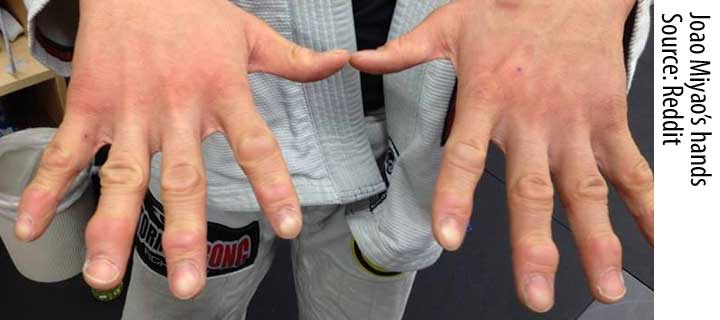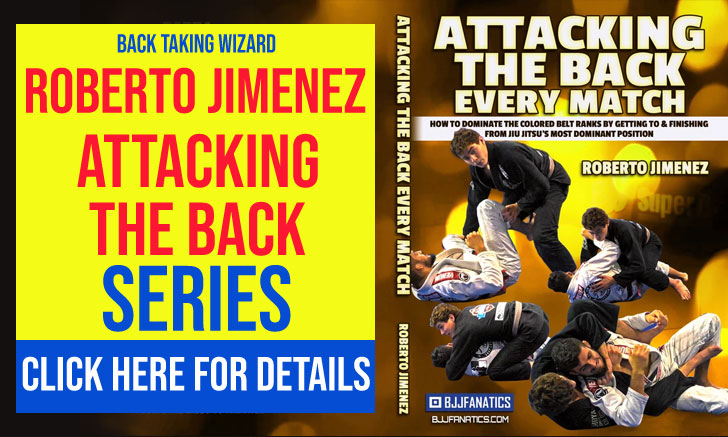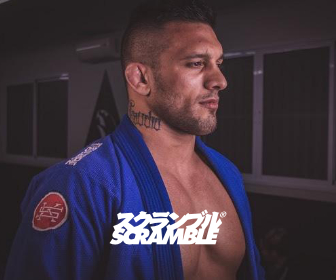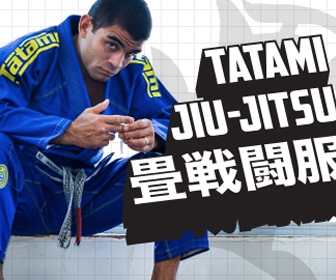For a grappler, his hands and fingers are his tools. They are also among the body parts most subject to abuse. Whether from grip fighting, blocking a forearm or tightening a choke, we put our hands in harm’s way on a daily basis. Injuries to these parts of your body – mostly minor and manageable – are among the most common occurrences in the life of a grappler. As we did in the cauliflower issue, we resorted to the expertise of Dr. Amílcar Miranda to give us a better medical understanding of what happens.
One of the more noticeable things that happen almost right after you start training is that your hands will seem to be bigger. Truth is they don’t just seem bigger, they are. Around the bone structure of our hands there are muscles. Like any other muscle, when exercised, it grows. Day-to-day life just doesn’t give your hands the workout that Jiu-Jitsu does. While these muscles aren’t that big, after some time training, your hands will in fact appear, feel and actually get bigger.
The process is a little different on your finger joints, as it is not caused by a growth in muscle, but more often due to the inflammation of the capsule and its subsequent scarring, something that we will talk about below.
Fingers seem quite fragile when compared to other body parts. However, we use them for just about anything and subject them to extreme forces. You wouldn’t be able to grip anything if not for your fingers and the way they are built.
Every joint in your body has capsules and ligaments that sustain them. Inside there is the synovial membrane, which segregates fluid that acts as lubricant. Think of a door hinge – without some lubricant it makes that annoying sound and the door will hardly open. It’s basically the same with synovial fluid; it’s there so that your fingers move smoothly and without pain. Jiu-Jitsu’s every day wear and tear causes small injuries in your finger joints, mostly unnoticeable. However, the capsule’s healing process causes some swelling and internal tissue scarring, making your knuckles bigger.
Bones are very resistant. The amount of force to break one, even a finger, is very large and while not impossible, it would be very hard for someone to break your finger during Jiu-Jitsu. Sure, we do put our hands in some strange positions, where they get tangled in fabric and things of that sort, but still, actually breaking a bone is no easy feat.
Fingers have the ability to move in a number of directions. If they are forced in the opposite direction in which they are supposed to move, then you get hurt. Not only while rolling, but also during drills, fingers might get pulled and twisted in the wrong direction. Sometimes they just get tangled in fabric or stuck underneath your training partner’s body.
This brings us to the subject of finger dislocation. There are three levels of injury seriousness, ranging from a minor distension to a full blown dislocation with ligament rupture. The former can be treated at home without too much trouble and the latter requires surgery, as soon as possible. That which is commonly called a ‘broken finger’ is actually a dislocated finger. Simply put, it was bent or twisted out of its natural position.
When the injury is minor – the so called jammed finger – the treatment is pretty straightforward. Ice it, rest it and maybe take some anti-inflammatory medication if the swelling and the pain prevents you from conducting your daily tasks. Taping the injured finger when you return to action is also recommended. The Jiu-Jitsu practitioners well-known habit of not taking time off from training, obviously hinders this process, and is what causes your hands to look so terrible. In all likelihood, your fingers will keep being twisted and turned, re-injuring your joints over and over again.
If the injury is more serious, like when a finger completely bends backwards, there is a very good chance you will need surgery. For a finger to bend like that, the tendons and ligaments likely ruptured and will need to be repaired the sooner the better or they will shrink and not grow back to its normal length.
Taping your fingers is the best bet if you want to keep them safe while training. It’s something that most people do only after they sustained an injury – to minimize pain and risks of re-injuring – but that should actually be done to prevent said injuries.
On the “The Science of Taping your Fingers for Jiu Jitsu” article there is a great video showing how to tape your fingers. Finding quality tape is also essential, as you want it to survive a training session. You don’t need to buy the most expensive brand, just the one that suits your needs. Recently, some companies have put out sport-specific tape for grapplers, so you may want to check that out, although your regular athletic tape (used by rugby and american football players) will do the trick.
Knowing when to let go is something that can only be achieved through experience. Holding on to your partner’s GI as if you were falling off a cliff is definitely not the way to go in most situations. Better to lose a grip than the use a finger.
Like grapplers, a pianist’s tool is his hands. They stretch their fingers on a regular basis, not only to keep them flexible but also to increase the ligaments’ strength. There are a lot of videos available on youtube showing how to properly stretch.
Your hands will obviously look different than most people. Of course, most people don’t train Jiu-Jitsu, and just because you don’t have perfectly looking hands, doesn’t mean they aren’t healthy. They will likely be stronger than the average person.
Do not let your fingers get injured over and over again to the point of no return, which would be arthritis. You definitely don’t want to be in your forties and not be able to hold your own cup of coffee. Arthritis is a serious condition; don’t let it get that far.
Again, give your body time to heal. You have an unlimited amount of training sessions during the course of your life, but you only have ten fingers. Let them heal in place or you will eventually limit their mobility, even if it doesn’t affect your grips or your Jiu-Jitsu at first.
Playing spider guard and its variations are among the worst things you can do to your fingers, since they require that you make very strong grips for large periods of time. While we’re not recommending or advocating that you change your style or abandon this type of guard, it may be a good idea to try something else if you have an injury.
Not an uncommon injury in the past, finger and hand problems have apparently become more common in the recent past. Keenan Cornelius reported that he has lost about 20% of his movement in his hands and can’t make a closed fist anymore, and the Miyao brother‘s hands look like something that came out of a horror movie. Keep in mind that these guys are in their twenties. Also keep in mind that they are top level athletes that play guards that heavily rely on strong grips. For the average practitioner, while you won’t become a hand model, you should not be developing such extreme injuries.
Your fingers will inevitably be injured sooner or later. Exercising good judgement is key in order to keep those injuries to a minimum and your enjoyment of grappling to a maximum.
The lengths to which we push our bodies are an individual decision. If your goal is to become world champion, your limits will be pushed every day. If not, like most people, you’re better off not training for a couple of days and let your hands and fingers heal.
Banner picture taken by Miguel Cunhal for the Fight Zone London academy.

















Thanks so much for this article. A lot of good info here for the beginner like me.